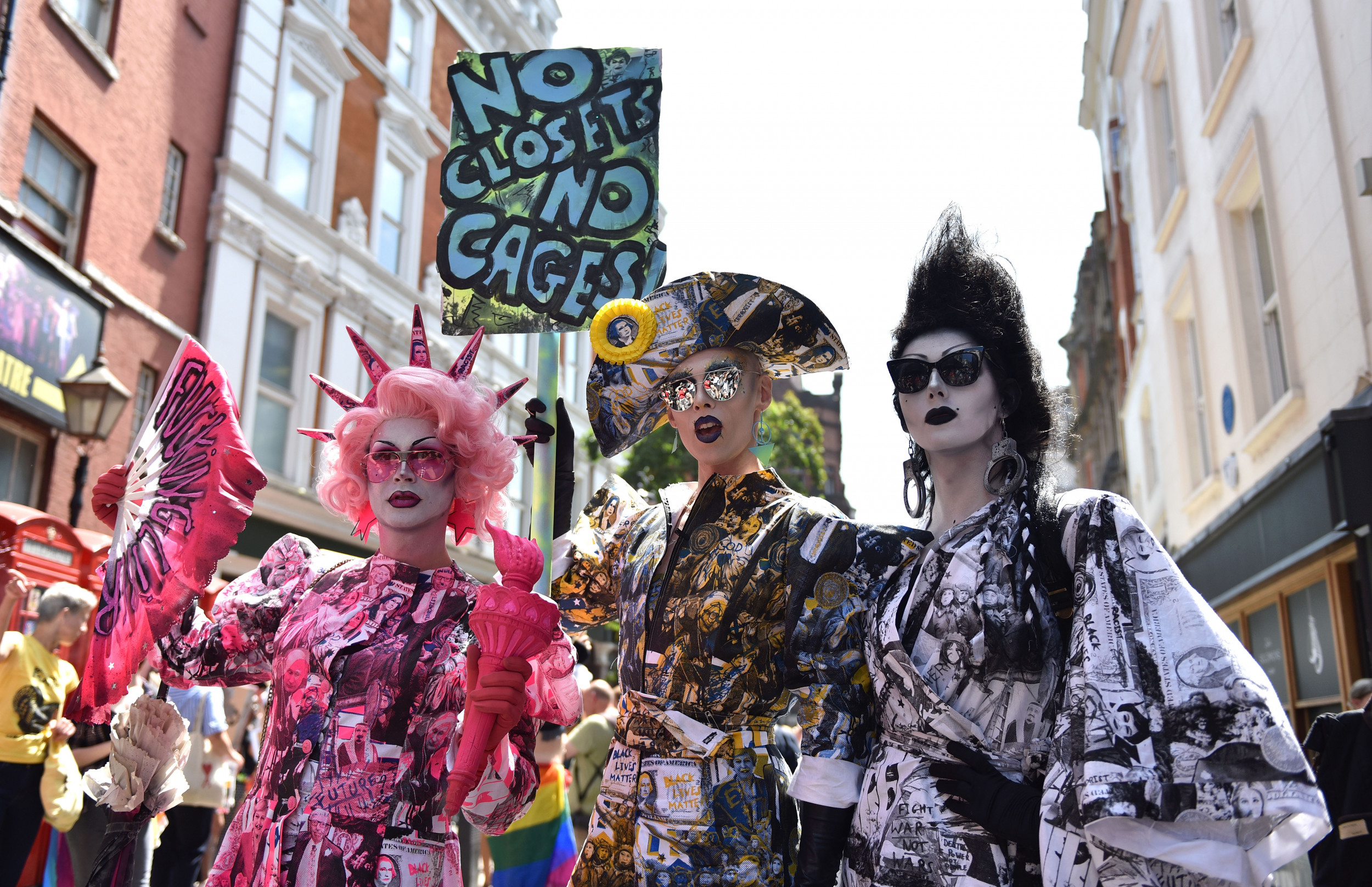Imagination is the power.
Ellen Sheidlin
When Yuriy Dud, a Russian journalist, asks Ellen Sheidlin “What is power?” at the end of a 2-hour long interview, she almost immediately gives a thought-provoking answer: “Imagination is the power”1. But what might this statement signify, especially in terms of the digital age and art?
Blogging and Instagram
The digital age allows us to be surrounded by tons of information from all the different types of media each day, including TV programmes, radio broadcasts in cars, social media platforms, etc. Moreover, it introduced a pivotal tool for expressing yourself – blogging. For instance, Christie Wilcox, a science blogger, explains why it is essential to start a science blog and comes to the conclusion that it is one of the most important ways to increase one’s visibility in media.2 I agree with that because nowadays everything is built upon social media which tightly aligns with having a “personal brand”.
Having come to this, it is necessary to emphasize that Instagram has taken a significant place in the digital world. And it is not only because it gives an opportunity for huge personal expression and building a personal brand but also because it goes beyond that. In my opinion, it introduces a whole new world in blogging – which I shall call artistic visual blogging, which I will explain further.
Instagram is the Power
An influential scholar, Marshall McLuhan, argues in his work that the medium is just as important as the actual content in terms of how the audience understands the information – introducing the term “the medium is the message”3. But how is it related to Instagram? Very easy to understand while looking at the platform itself: the feed, unending reels, and your own profile. It is about visuals (videos, pictures, and music), which already give you a specific understanding of information within the whole system. Think about a basic example: while scrolling your Instagram feed, you interact with some posts but what keeps you still unconsciously engaged are the visuals, not even the content itself, and the seamless transition between posts. However, is it always as unconscious as it seems to be?
To answer this question, it is better to use the claim made by McLuhan where he states that artists are those who are able to switch this unconscious engagement to their conscious play because they understand how our perception works.4 At this point, we came to the most interesting part for me.
This is what I would call artistic visual blogging. It is not just a blog expressing your thoughts through texts or/with either images or traditional art. Playing with all those visuals that social media platforms give us, Instagram becomes the medium that starts to be an integral part of the message. It contributes to each post by blending images, music, videos, and other possible elements to create a story and give a place for the imagination of the audience.
To present the idea, I will use an example of Ellen Sheidlin’s Instagram page.
Exploring Artistic Visual Blogging with Sheidlin
It is important to introduce the person whom I quoted at the beginning of this blog. Those who are interested in art would probably have heard about Ellen Sheidlin, a Russian artist who is an ideologist of “survirtualism” – a collaboration of ‘realism, virtuality and her dreams’5. Although she is an artist, she started as a blogger with an artistic visual blog on Instagram as @sheidlina in 2012, expressing herself through surrealistic art photography. This aligns with the explanation of Wilcox that blogging is increasing one’s visibility (in this case, her artworks and herself).
Ellen Sheidlin’s works are truly a good example of how not only the artworks, the content, influence one’s perception, but also how the medium, Instagram, helps to understand the message. We can see it from her feed on Instagram which is a gallery of different themes where she explains merely visually while very rarely giving an explanation. For instance, some of her late works such as “Searching for My Jeong (정)” , Bliss, Soaring through Barriers use different tools to help a person imagine the probable concepts or to understand the idea behind the artwork. It is the music, the visual environment, the details, the text (as it is in “Searching for My Jeong (정)”) that allow me and you to think, elaborate, associate and, again, imagine.
In the end, I should say that…
The power is indeed in imagination.
- вДудь, “Эллен Шейдлин – Русская Звезда Мирового Арта / Ellen Sheidlin – Global Art Star from Russia,” 1:55:34 – 1:55:43. ↩︎
- Christie Wilcox, “To Blog or Not To Blog,” in Science Blogging: The Essential Guide, eds. Christie Wilcox, Bethany Brookshire and Jason G. Goldman (New Haven: Yale University Press, 2016), 1-12. https://doi-org.ezproxy.leidenuniv.nl/10.12987/9780300221077 ↩︎
- Marshall McLuhan, “The Medium is the Message,” in Understanding Media: The Extensions of Man, Marshall McLuhan (London/New York), 8-28. ↩︎
- Marshall McLuhan, “The Medium is the Message,” 18. ↩︎
- “Main // Ellen Sheidlin,” Accessed on September 18, 2023, https://sheidlina.com/. ↩︎



Recent Comments